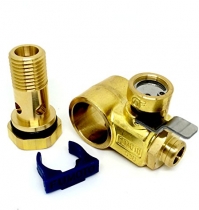-
Welcome to 4Runners.com!
You are currently viewing as a guest! To get full-access, you need to register for a FREE account.
As a registered member, you’ll be able to:- Participate in all 4Runner discussion topics
- Transfer over your build thread from a different forum to this one
- Communicate privately with other 4Runner owners from around the world
- Post your own photos in our Members Gallery
- Access all special features of the site
High pitch howel from engine. Not belts. Need advice.
Discussion in '3rd Gen 4Runners (1996-2002)' started by Kotletachka, Jun 10, 2020.


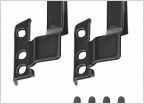 Rear wiper screw
Rear wiper screw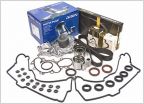 Where to get timing belt kit, water pump and head gasket?
Where to get timing belt kit, water pump and head gasket? Replacing dead clock with something else?
Replacing dead clock with something else?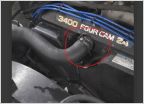 Does coolant have to be drained?
Does coolant have to be drained?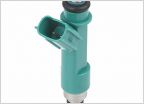 Thinking about junking my 4 Runner now that it has a misfire cyl 1 :(
Thinking about junking my 4 Runner now that it has a misfire cyl 1 :( Advice lifting a 99 4Runner
Advice lifting a 99 4Runner